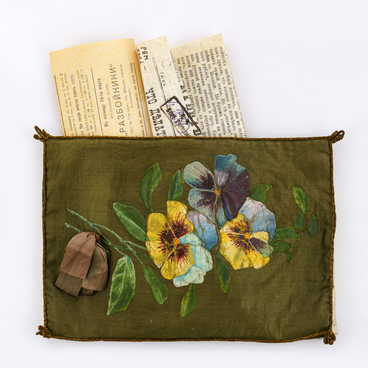A dessert plate is a type of tableware used for serving sweet dishes at the end of a meal. The use of dessert plates became more widespread in the 19th century, when it became possible to mass-produce sugar and create various recipes for desserts. However, confectionery was quite expensive for a long time. Therefore, a tradition arose of decorating plates used for serving desserts with colorful images.
The bright and unusual plates served as a decorative element of the table and the entire house. Initially, dessert plates were quadrangular, either square or rectangular in design. Their length typically measured 20 centimeters, which corresponded to the size of dishes for snacks and pies, although dessert plates differed in their more complex design and decorative elements. A second distinction between dessert plates and other types of plates was their depth. Sweets, mousse, and gelatin desserts were served on shallower plates, whereas sweet dishes with sauces, fruits, and berries were often served on deeper plates.
The dessert plate on display at the Rybinsk Museum was manufactured by “M.S. Kuznetsov Company”. This is confirmed by the presence of a stamp in the shape of a double-headed eagle and an inscription on the reverse. The company was established in 1887 by Matvey Sidorovich Kuznetsov, a Russian industrialist and entrepreneur. At the turn of the 20th century, this company was the largest porcelain manufacturer in Russia. It produced both inexpensive mass-market tableware and high-end elegant pieces.
This dessert plate was brought to the museum from the Petrovskoye estate of the Mikhalkovs — a noble family from Rybinsk. It has a round shape with a sloping edge and a wavy edge. A black vase with flowers is depicted on the surface of the plate. There are many small flowers grouped around large, pink and red blossoms. The plate’s edge is decorated with a pattern of large red and pink flowers and a thin border. The painting on the dish was done by hand. The colors used are exquisite shades of red, black, blue, and green. Based on these features, the piece can be attributed to the Art Nouveau style.

